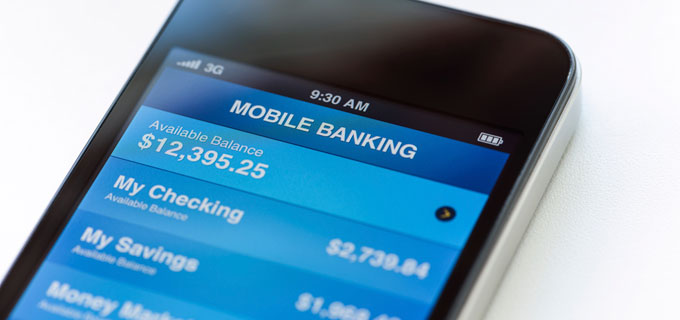The times they are a ’changin’…
We seem to be getting a lot of media queries at the moment about electronic payments, how they work, and how quickly they happen. Maybe this is a consequence of the increasing use of mobile banking – people can see things happening on their accounts wherever and whenever. This means that the mechanics of payments are more “in your face”.
In line with changing customer expectations, payments processing is speeding up, but doing this in a reliable and secure way itself takes time, given the size and importance of the system. Australia’s “direct entry” electronic payments system handles around 8 million payments a day, between about 35 payments organisations (banks and others). There are around 300,000 registered users – these are businesses that routinely use the system – and millions of account-holders. The system is the backbone of Australian business, supporting every kind of payment from big outlays, like commercial rents, through salary and wages (these days, nearly all of us get paid by direct entry) down to the little payments we make to each other on internet and mobile banking.

